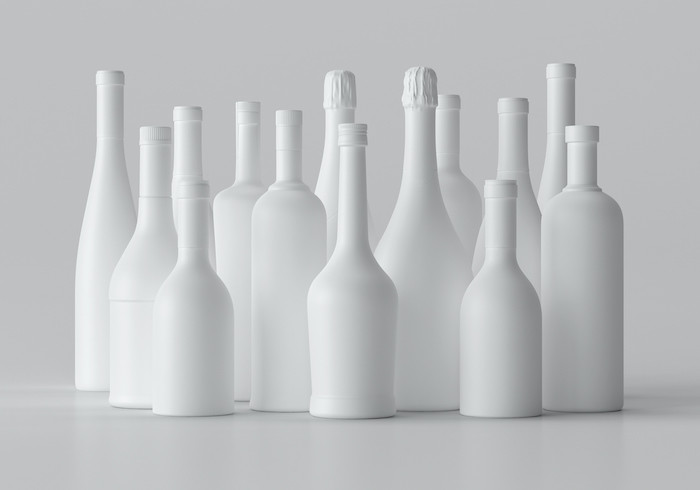
Tim Etherington-Judge of Healthy Hospo and calvados brand Avallen explains how great changes to spirits labelling are afoot.
The future of spirits labelling – on the face of it, not the most riveting subject I’ve ever written about. Yet, the world as we know it, at least when it comes to the information on the back of spirits bottles, is about to change forever.
Spirits labels, like almost everything in spirits, haven't really changed since Harry Craddock shook White Ladies at the American bar. By most countries’ laws, spirits are not required to carry much information at all. Pick up a bottle at random from your back bar and you’ll find the only real legal requirements are volume, alcohol percentage and – depending on which country you’re in – maybe a pregnancy warning and the number of units of alcohol in the bottle. Not exactly a best practice example of transparency. Unless you’re reading this in China, then you’ll also find a list of ingredients, which I fully support.
There are two things that are changing on spirits labels: nutritional information and carbon emissions reporting.
Which is what led me to spending half a morning reading the Memorandum of understanding on the provision of nutrition information & ingredients listing of spirit drinks sold in the EU. Who says being a brand owner is all rock ’n’ roll? Anyway, the upshot is, from the end of 2022 the majority of brands will have to list ‘calories per hundred ml’ on the bottle, alongside an electronic label that lists ingredients. Although looking at the examples published, the ingredients listed for a bottle of whisky are: whisky and, wait for it… water. These regulations have been written by the big drinks producers, so you can make up your own mind about why they don’t want to tell you what’s in the bottle.
Whether this change will have any impact whatsoever is questionable as the amount of information on the bottle is so minimal and irrelevant it’s next to useless. The big drinks companies had an opportunity to put some meaningful transparency on to the labels of spirits, and they chose to do the absolute minimum. So, it’s up to us independent brands to show them how it should be done.
Positive potential
A far bigger and more important change for the labels of our favourite gins, tequilas and calvados is carbon labelling. I’m not going to sit here and whine on about the climate crisis – this is a piece about spirits after all – but carbon labelling has the potential to positively impact our individual and collective carbon emissions in the way that they need to go: downwards. By carbon labelling I mean including the carbon footprint of the product directly on the label.
Carbon labelling on products is coming whether we want it or not as governments begin their glacial crawl towards meaningful action on climate change. We already see it in some areas, such as the automotive industry, where car manufacturers must list both fuel efficiency and CO2 emissions, and it’s coming to all products, even food and drink.
At Avallen we want to lead the way with our apple paper labels and we have gone a step further by listing what we like to call ‘environmental facts’ on our labels: Avallen’s carbon emissions and water use per bottle, recycled rate of materials, our charitable donations as a company, and a full list of ingredients (apples and water, not calvados and water, in case you’re wondering).
Now this is a big piece of work, even for a small brand like Avallen, and for many brands it will take time. Conducting a lifecycle analysis of production is the first step, analysing embodied carbon of raw materials, dry goods (bottle, label, etc), then comes a commitment to transparency, something the big companies seem so afraid of.
There are a few companies already changing the game when it comes to transparent labelling of carbon emissions. Ecospirits, which is not only revolutionising our industry with its Ecototes and closed-loop system, has released a carbon calculator which allows brands to accurately calculate the emissions associated with shipping a bottle, or an Ecotote, from distillery to bar.
Is all this new info on the backs of labels going to change your world? Probably not, unless you’re unfortunate enough to work in the government department that will police these exciting new pieces of legislation. But as a bartender what it does offer is the opportunity to add an additional element to your creative bow so you can build sustainability and carbon footprint into the mix alongside flavour, aesthetics, and price when designing new cocktails and menus.
Now who’s going to create the world’s first climate-positive menu? On your marks, get set, go!


